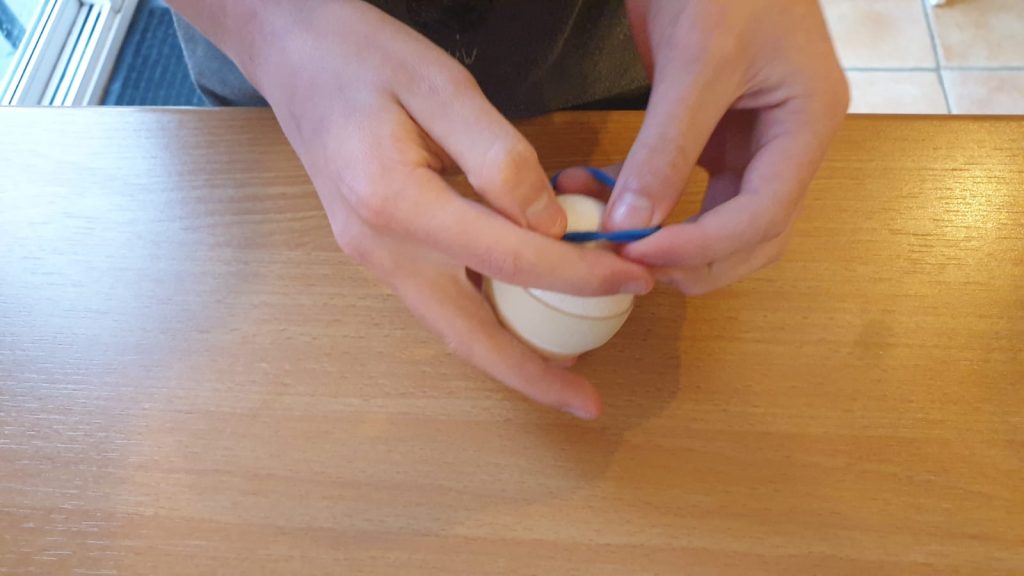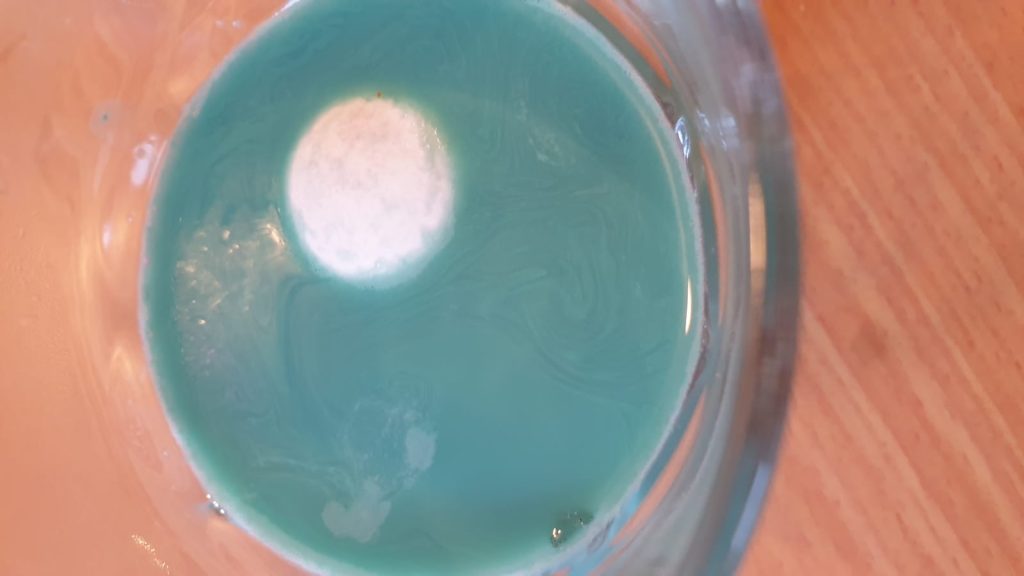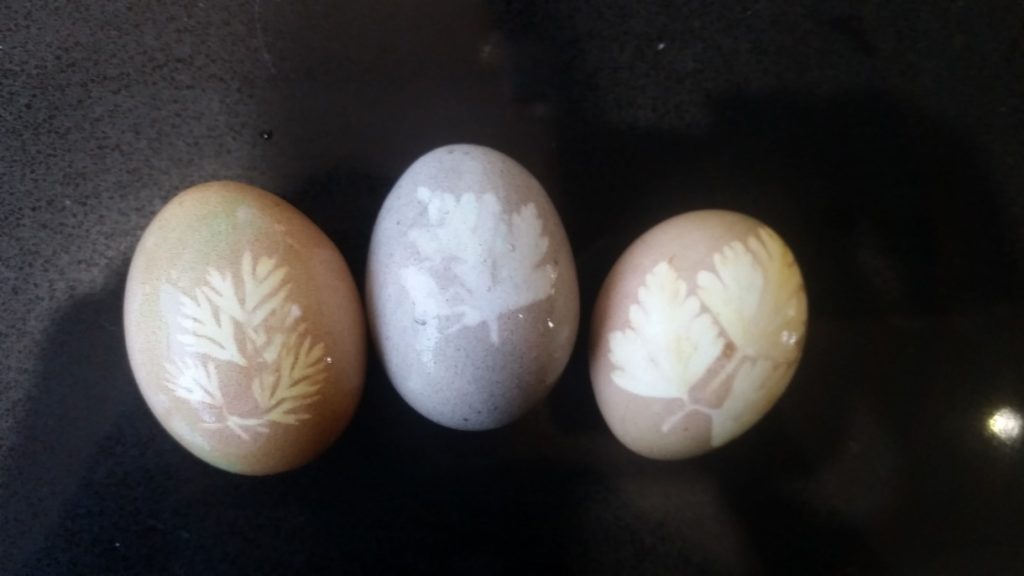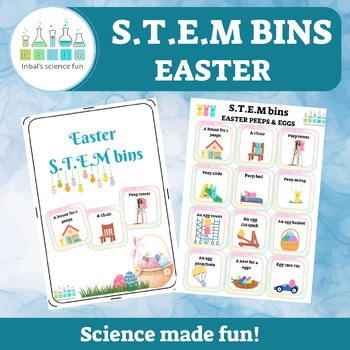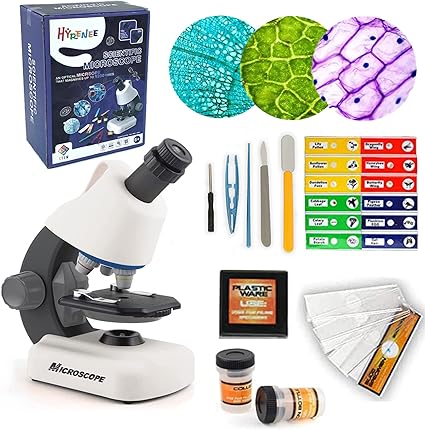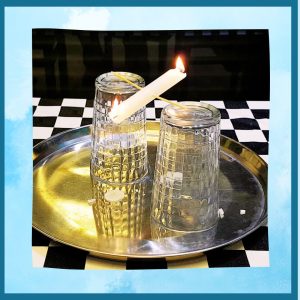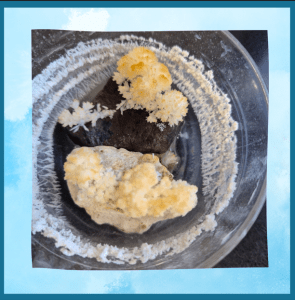Dye-it-Yourself: 5 Easter Egg Chemistry Experiments for Kids
Easter egg dyeing is a beloved tradition that offers an amazing chance for introducing scientific concepts to students. By blending art with science, we can transform egg dyeing into a learning experience filled with wonder and discovery.

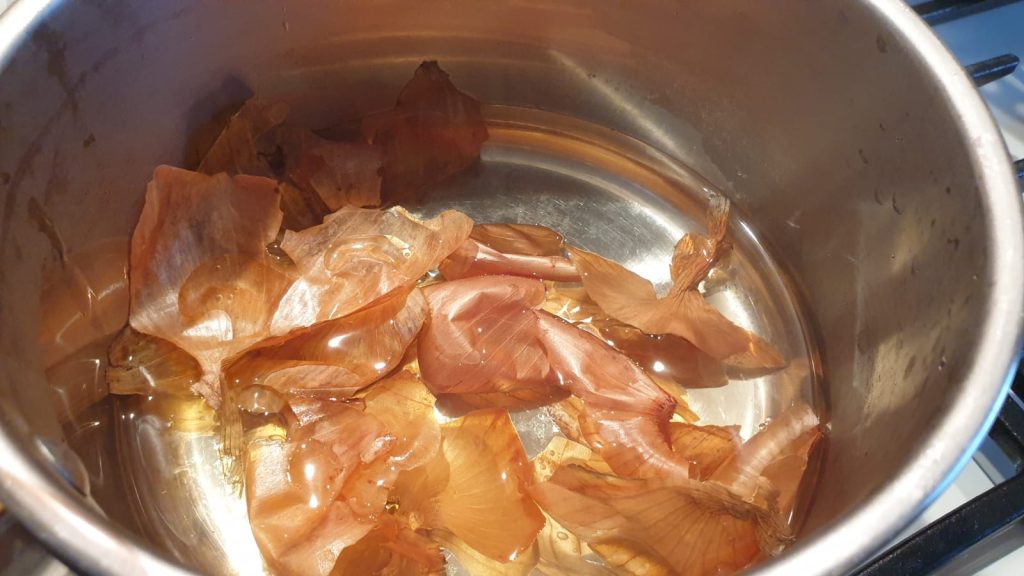
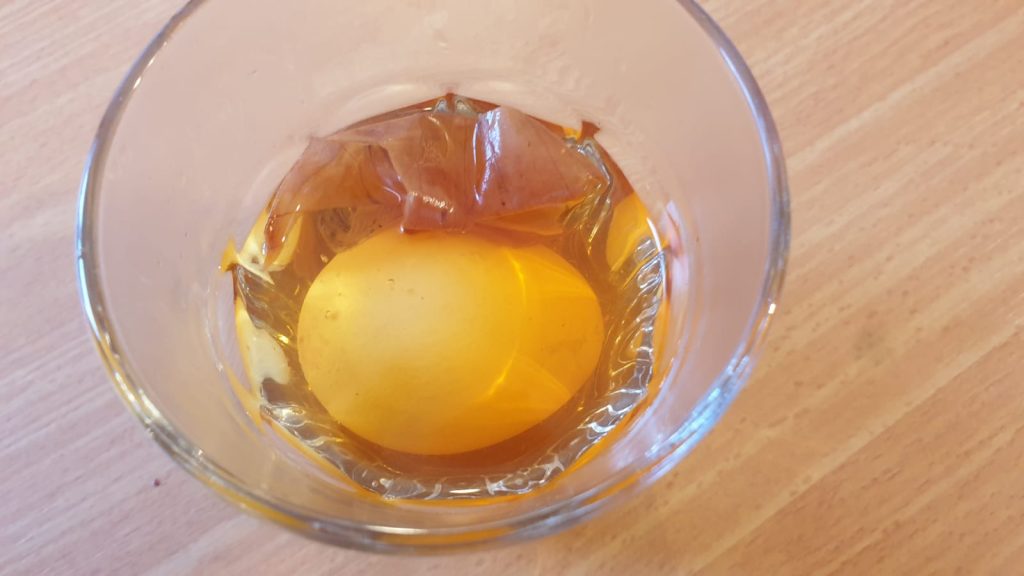
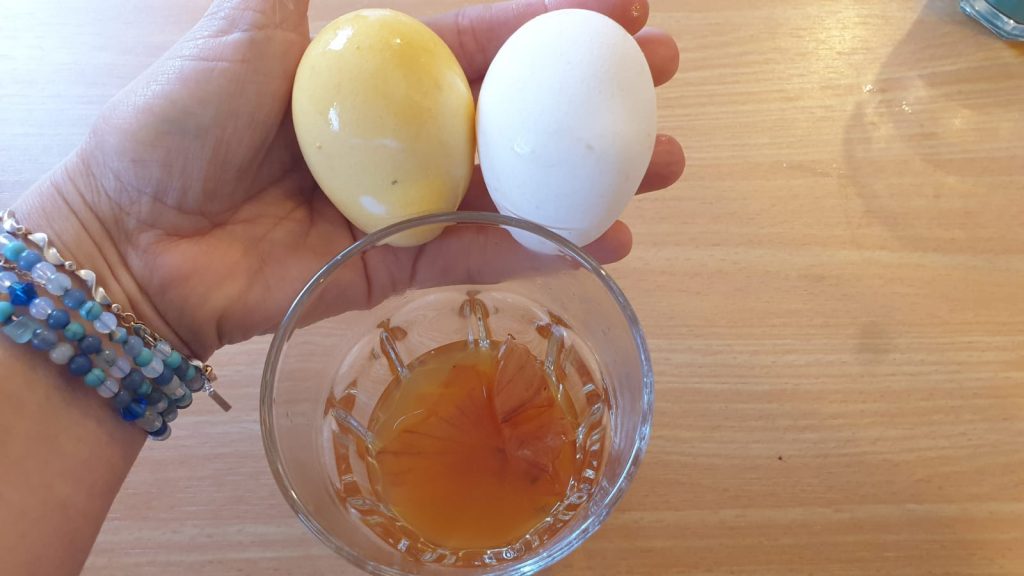
Safety First: Laying the Groundwork for Scientific Egg Dyeing:
Safety is important, especially when engaging younger students in scientific activities. Begin by equipping students with latex gloves, and ensuring workspaces are covered to prevent stains. Review dye instructions meticulously, setting up stations for each experimental phase. Encourage careful handling of heat sources, potential spills, and allergenic substances.
#1 The Dissolving Dilemma: Solubility and Concentration
Dive into solubility with egg dyeing as your guide. Question why certain substances dissolve in water and others do not. Experiment with various solvents such as oil, water, soap, milk, and vinegar to observe dissolving patterns and the unique artwork that emerges from solubility differences.
#2 The heat Factor: How Heat Affects Dyeing
Explore how temperature influences the dyeing process. Lead students to compare the interactions of warm water with dye tablets versus those of cold water. Discuss how increased temperatures speed up dye dissolution. Investigate whether eggs acquire different hues in cold versus hot water.
#3 The Art of Resistance: Creating Patterns with Dye
Introduce resist dyeing by using wax crayons to draw patterns , rubber bands, or stickers as pre-dyeing decorations. These materials create undyed areas, demonstrating how barriers can prevent penetration and influence design.
#4 Harnessing Nature’s Palette: Plant-Based Dyes
Extract pigments from various plants and foods—such as berries, beets, onion peels, or tea bags. Boil the plant matter, cool the solution, and then add your eggs. This activity shows how natural sources can paint your eggs.
#5 The pH Color Spectrum: Natural Indicators at Work
Transform egg dyeing into a hands-on lesson about pH indicators. For instance, use red cabbage to teach how color shifts with environmental acidity. This leads to meaningful discussions on using everyday substances for pH testing. Place your egg in a red cabbage extract to dye it, then add drops of vinegar or a baking soda solution on your egg to see the colors change.
In summary, the tradition of Easter egg dyeing can become a gateway to a world of scientific discovery. It can become a great way for an active, hands-on learning, leaving students with not just beautifully dyed eggs, but also an understanding of the science in their world.

